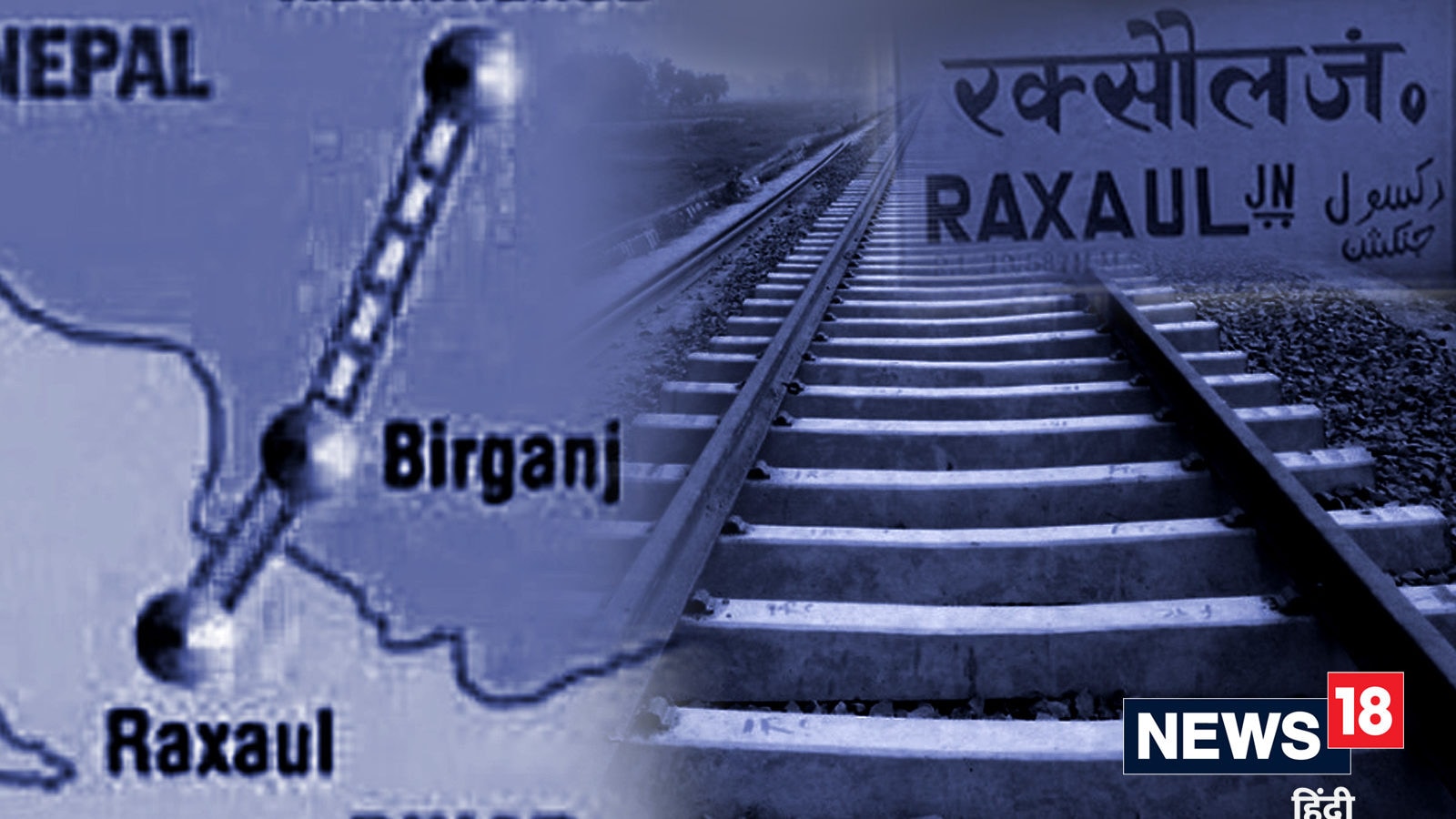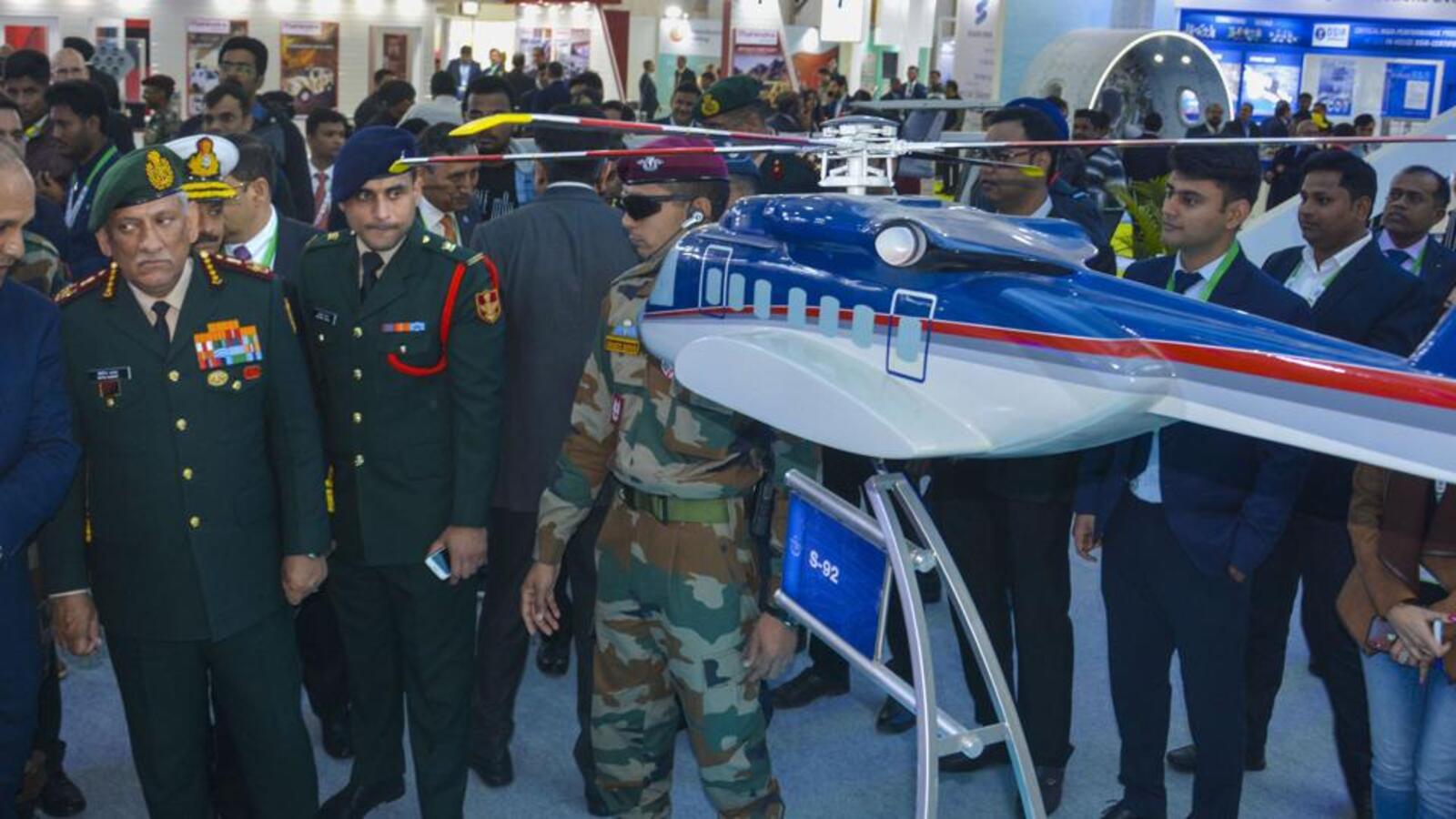Ya'll Nibbiars
Mr. Babasaheb Neelkanth Kalyani, also known as Baba, B.E., M.S. (MIT), serves as the Chairman and Managing Director of Bharat Forge. Bharat Forge manufacturers of metal forgings that go into some of the world's most sophisticated machines, earns two-thirds of its revenues from overseas markets. Kalyani is the quintessential shop-floor man. After degrees in engineering from the birla Institute of Technology at Pilani and a Masters from Massachusetts Institute of Technology, he started out in sales in 1972 on a salary of Rs 500 a month (he grumbles about its meagreness) in his father's factory in Pune. His father originally worked his 20-acre farm. Kalyani remembers a gotha (cattle shed) in his house that had two buffaloes and a cow - "they gave milk for the house and cow dung to line the floor". Later, under the influence of industrialist S L Kirloskar, a family friend, his father set up the group's first factory manufacturing forgings. Though the business was tiny - turnover was just Rs 3 crore - the experience was invaluable. In less than six months, the son was running the factory and soon, the output started doubling every year. "It was the most satisfying period of my life. By the time I was 30 I had seen a lot of opportunities, growth and problems. It moulded my life." For the first 25 years, he ran the shop floor while his father handled the other aspects of the business. "In those 25 years, I was able to set up 10 other plants - steel, automotive systems manufacturing, two joint ventures, many other smaller activities, chemicals, axle manufacturing for trucks." By the mid-eighties, the company became a domestic leader but ambitions to become a global player stalled on India's reputation - or lack of it as manufacturer of high quality products.
The only place to which Indian companies could export was Soviet Russia with which India maintained rupee trade. "That was easy," he recalls. "You never met the customer but sold to a buyer in Central Planning." But that was hardly a lesson in competitive manufacturing any more than the licence raj was. The model that most Indian companies followed then was based on capital investment and very little technology because every technology was licenced. There was a large workforce because wages were low but by the late eighties, many businessmen understood that labour arbitrage wasn't enough. "We were not competitive even with low wages. We needed a business model that was high-tech, even if it cost more money in terms of capital; and which uses very little but skilled labour. We started with a more modernised approach to manufacturing," he tells me as the food is served. The noodles and spinach are spicy enough to satisfy me, but he's wondering whether he will be able to finish the largish portions served to him. Like many businesses, the economic liberalisation of the nineties offered the breakthrough. A new forgings and machining plant was set up in 1990. "We got business in the US, Europe and in China. By 1996-97 we were selling all over the world." So much so that by the 2000s, the group was looking at how it could get into the top five ranking in the global forging industry. Things progressed smoothly till September 2008 and the collapse of Lehman Brothers. Companies worldwide lost 70 to 80 per cent in topline at least for a quarter. "We were not prepared. We did not know how to deal with such a downturn worldwide," he admits frankly. "In India, we had dealt with these things but it was difficult elsewhere. It took us a year to recover." Despite the prolonged downturn, he remains a firm believer in the virtues of domestic support to manufacturing. It is an interesting point, given that the government is considering a compulsory local content norm for electronic goods made in India and US firms are strongly opposing it. As he argues, Japan created the manufacturing sector in the sixties by giving domestic companies protection; in China, 50-per cent ownership must rest with a Chinese company and local content is a must.
"The India is the only country where none of these requirements are imposed," he points out. "The result is that, to a large extent, we have become slave manufacturers. Look at the automotive industry. By 2020 there are doubts about whether there will be a single Indian company left - they will be Japanese, American, German." He says it is important to nurture industry, do value addition, create jobs, skill sets, technology and innovation capabilities, because these things will propel the country to become an economic superpower. But this cannot happen if you do not support your manufacturin sector." The State support, he is quick to clarify, does not mean tariff protection. To illustrate, he cites a locomotive plant that was set up in Varanasi 50 years ago. To modernise, the technology will have to come from the US or Europe. "In 50 years, we have not developed our own technology. It's the same story everywhere. Clearly, something is wrong somewhere. External global factors do weigh heavily but India, with 1.2 billion people, cannot be built purely on external investment. It also needs internal strength which can be built by nurturing the process," he adds. As for the chronic talent shortage, he's philosophical. "Traditionally, manufacturing has been less glamorous than information technology (IT). In IT, the office building is nice and the working environment is comfortable. In manufacturing, you have to go to shopfloor with lot of machines and work with your hands." He predicts that the situation should improve in six or seven years now that the issue is being addressed by the government through skill development and the industry by its own talent programmes. His own company, for instance, spends Rs 20,000 to 30,000 a student a year. "It is three times more expensive than hiring somebody but you create a talent pool," he explains. So what does the future hold, I ask, as we order kulfi for dessert (without faluda, he specifies). With global marques like Mercedes, Audi, Ford as customers, he says he's not worried about his company's prospects. "I am concerned about the domestic economy. Although the government is doing a lot to correct the situation, we do not have much time. We need to do a lot of things with a sense of urgency" - a view that can be considered fairly representative of what most corporate chiefs in India think.
And As for his own role, he sees it as "de facto chief technical officer". "Since I am a technical guy I like to walk around the shopfloor and discuss problems. It is like taking your daily vitamins. In this gloom and doom, it keeps my mind in good shape. When I am in Pune, I go to the shop floor everyday, mostly with our international customers," he says. The So what role does he see for his son Amit, who is 38 years old? "I still have few years left," he jokes lightly but adds that Amit is preparing himself for the larger role and spends more time on strategic issues. "But it's not just about my son. It is a large, complex business with six plants in Europe. Our European companies have their own chief executive officers. We closed our plant in the US last year but we are going to put up another one there." And Most groups with such a large international presence are happy to tom-tom the fact. Why the low-profile, I ask. "This is the culture. There is something Maharashtrian about it. That's the way we are brought up," he replies, almost unequivocally.
Anonymous.





